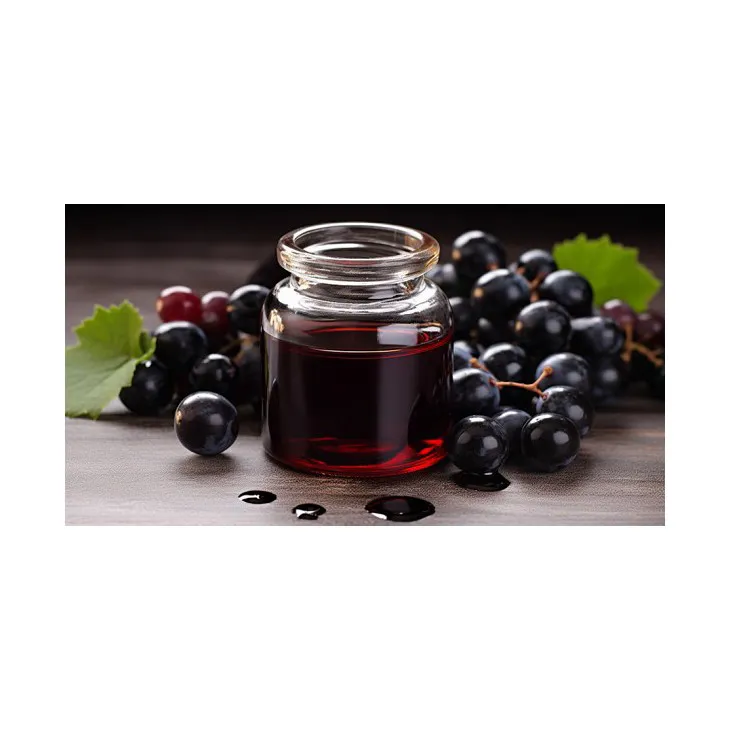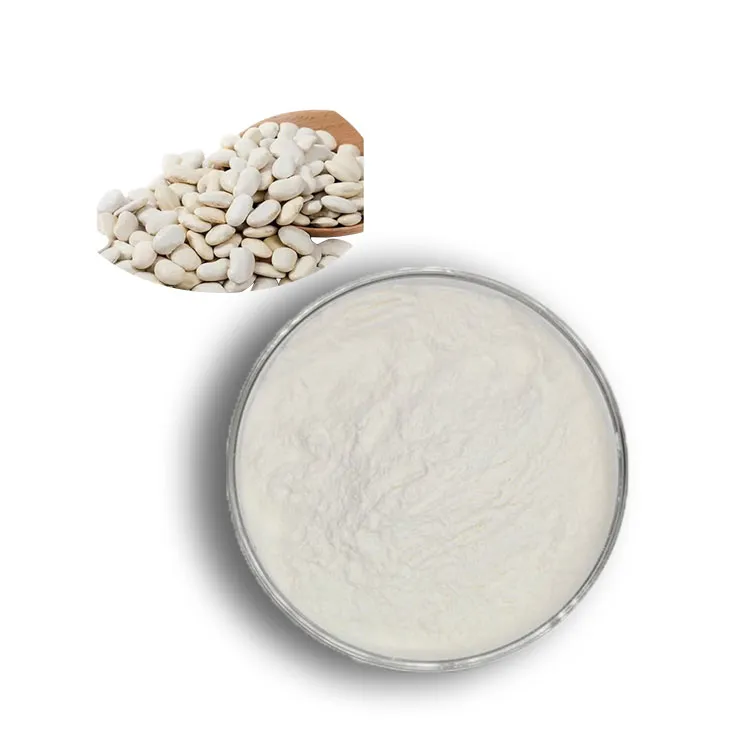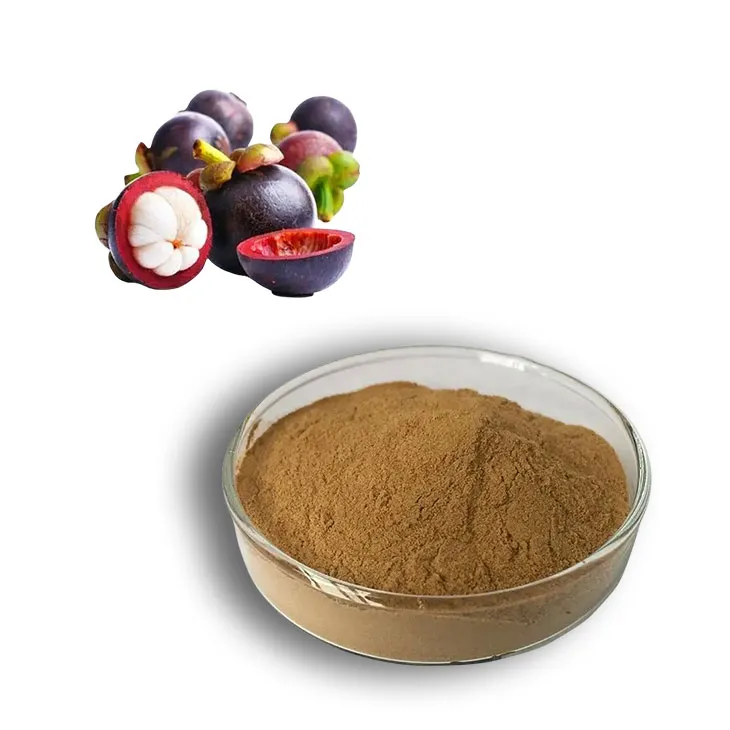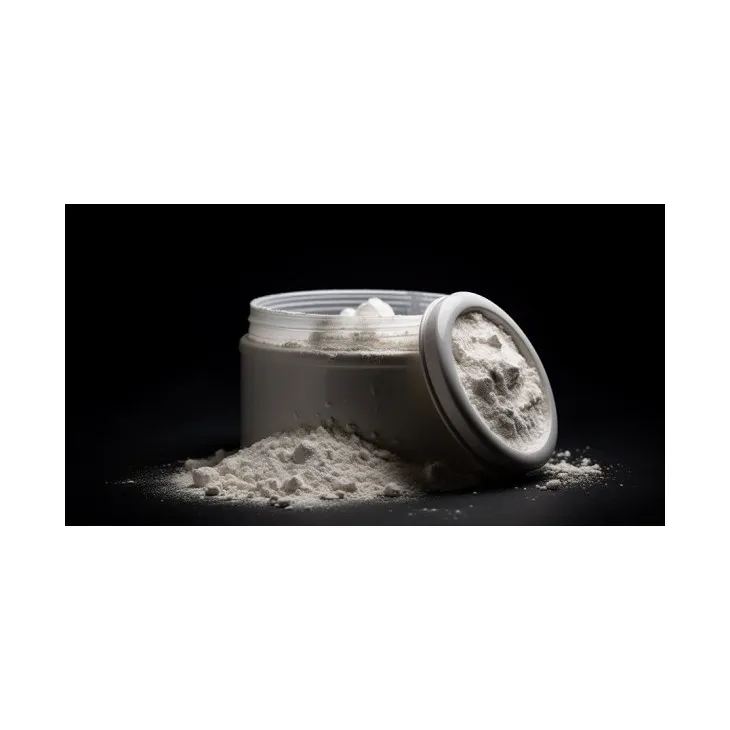- 0086-571-85302990
- sales@greenskybio.com
Why is HOP WTR so expensive?
2025-08-16
In the ever-evolving beverage industry, HOP WTR has carved out a niche as a popular non-alcoholic alternative that combines the hoppy essence of craft beer with health-centric ingredients. This sparkling water beverage has rapidly captured the attention of health-conscious consumers, particularly those seeking to reduce their alcohol intake while still enjoying the flavors reminiscent of beer. However, one of the most noticeable characteristics of HOP WTR is its price tag, which often comes significantly higher than standard alcoholic and non-alcoholic beverages. This article delves into the reasons behind the premium pricing of HOP WTR, exploring production costs, ingredient choices, market positioning, and more.
A Distinctive Product with Unique Appeal
HOP WTR's appeal lies primarily in its distinctive blend of flavors and health-oriented ingredients. It is crafted to mimic the taste of a refreshing craft beer without the associated alcohol or calories. This zero-calorie beverage is infused with natural hop flavors and benefits from adaptogens and nootropics, which are compounds known to help with stress and cognitive function. By targeting health-conscious consumers who enjoy the taste of hops but seek a healthier lifestyle, HOP WTR has established itself as a premium product in a growing market for non-alcoholic drinks.
Premium Ingredients and Production Process
One of the key factors contributing to the high cost of HOP WTR is the choice and quality of its ingredients. Unlike typical soft drinks that are based on inexpensive syrups and artificial flavors, HOP WTR uses natural ingredients which come at a higher cost. The use of high-quality hops, such as Citra, Amarillo, and Mosaic, contributes to its rich and authentic flavor profile but also significantly raises production costs due to these hops being among the pricier varieties in the brewing industry.
In addition to hops, HOP WTR includes adaptogens like L-theanine from green tea and ashwagandha, which are known for their relaxing properties and generally cost more than standard beverage ingredients. The inclusion of nootropics like GABA and 5-HTP offers mental clarity and mood-enhancing effects, further elevating ingredient costs due to their production and extraction processes.
The production process of HOP WTR is also a contributing factor to its price. Specialized brewing techniques are utilized to maintain the delicate balance of flavors and the integrity of its health-benefiting components. The need for precise temperature control, CO2 infusion methods, and small batch production to ensure quality and consistency also adds to operational costs.
Small Batch Production and Limited Scale
HOP WTR's production is typically executed in small batches, a practice common in craft beverage industries. While small batch production allows for greater quality control and a more artisanal product, it also drives up costs relative to large-scale manufacturing. Smaller production runs mean that economies of scale—a reduction in cost per unit due to mass production—are less achievable, increasing the expense involved in bringing each unit to market.
Additionally, as a relatively new market entrant, HOP WTR lacks the production scale of established megabrands in the beverage industry. The limited distribution and smaller production facilities mean higher overhead expenses spread across fewer units, contributing to the higher consumer price.
Branding and Market Positioning
HOP WTR’s premium pricing is also influenced by its branding strategy and market positioning. As a lifestyle brand, HOP WTR markets itself not just as a beverage, but as part of a health-conscious, balanced lifestyle. This creates an aspirational product image, allowing the company to charge more by tapping into consumer willingness to pay for perceived quality, health benefits, and exclusivity.
The marketing strategies employed by HOP WTR focus heavily on digital advertising, social media engagement, wellness advocacy, and influencer partnerships, all of which can be costly but are vital in portraying the brand's premium positioning. By associating the product with a healthy, active lifestyle, HOP WTR effectively communicates value beyond just taste, amplifying its allure and justifying its price point.
Consumer Trends and Willingness to Pay
Consumer trends play a significant role in supporting the premium pricing of HOP WTR. There is a growing trend towards healthier living, with more individuals seeking to reduce alcohol intake while still enjoying social drinks. As a result, the market for non-alcoholic beverages is expanding, with products like HOP WTR positioned as desirable alternatives. This demand allows for a price premium that consumers are willing to pay, especially in niche markets aiming for alcohol alternatives.
Furthermore, the trend toward functional beverages, which offer health benefits beyond basic hydration, is on the rise. Consumers are increasingly educated about ingredients and are willing to pay more for products they perceive as giving them an edge in improving mental acuity, emotional health, and general well-being.
Sustainability and Ethical Practices
Sustainability and ethical production practices further contribute to HOP WTR's pricing. Many consumers today demand transparency not just in the ingredient list but also in how products are made. Using ethically sourced and environmentally friendly practices can elevate production costs. HOP WTR's commitment to sustainable practices may involve higher expenses related to sourcing ingredients as well as ensuring energy-efficient and environmentally responsible production processes.
Conclusion
The comparatively high cost of HOP WTR is a result of a confluence of factors, including the use of premium natural ingredients, small batch production methods, meticulous branding, and strategic market positioning. As consumer demand for healthier, alternative beverages continues to rise, products like HOP WTR stand to further cement their places in the market despite their premium pricing. For consumers, understanding what contributes to the cost of such products—quality ingredients, health benefits, and a commitment to sustainable practices—offers insight into the value that HOP WTR provides. As consumers continue to prioritize health and wellness, they are likely to embrace products that align with these values, even at a higher cost.
- ▶ Hesperidin
- ▶ Citrus Bioflavonoids
- ▶ Plant Extract
- ▶ lycopene
- ▶ Diosmin
- ▶ Grape seed extract
- ▶ Sea buckthorn Juice Powder
- ▶ Fruit Juice Powder
- ▶ Hops Extract
- ▶ Artichoke Extract
- ▶ Mushroom extract
- ▶ Astaxanthin
- ▶ Green Tea Extract
- ▶ Curcumin
- ▶ Horse Chestnut Extract
- ▶ Other Product
- ▶ Boswellia Serrata Extract
- ▶ Resveratrol
- ▶ Marigold Extract
- ▶ Grape Leaf Extract
- ▶ New Product
- ▶ Aminolevulinic acid
- ▶ Cranberry Extract
- ▶ Red Yeast Rice
- ▶ Red Wine Extract
-
Motherwort Extract
2025-08-16
-
Ivy Extract
2025-08-16
-
Red Wine Extract
2025-08-16
-
Red Vine Extract
2025-08-16
-
Soy Extract
2025-08-16
-
Kidney Bean Extract
2025-08-16
-
Hops Extract
2025-08-16
-
Mangosteen extract powder
2025-08-16
-
Aminolevulinic acid
2025-08-16
-
Sophora Japonica Flower Extract
2025-08-16





















